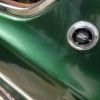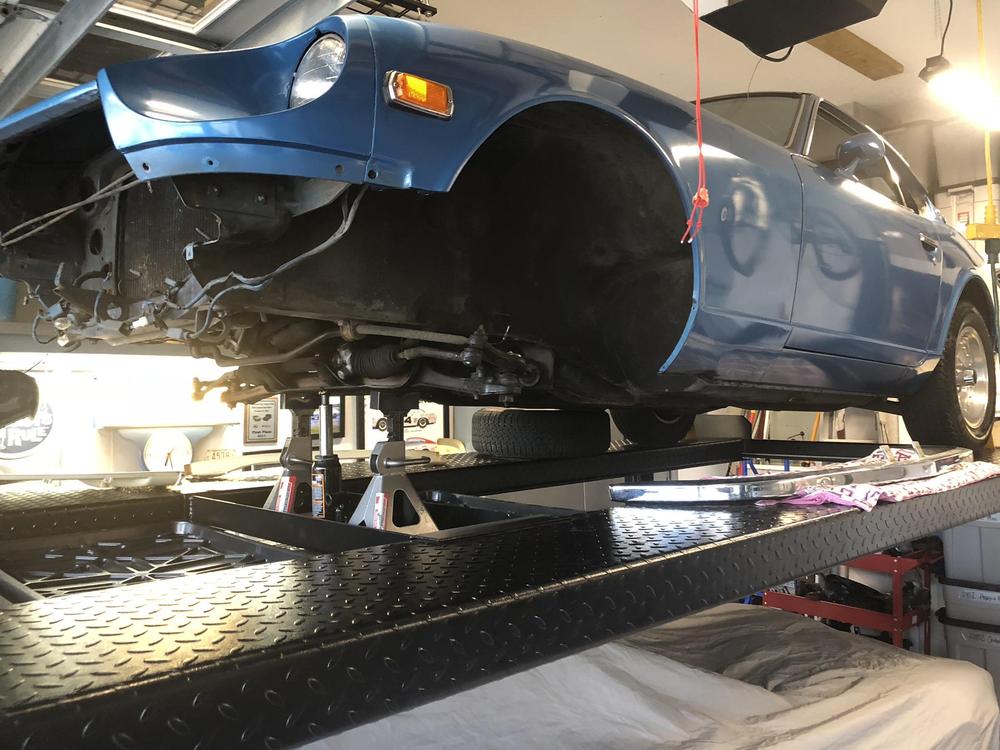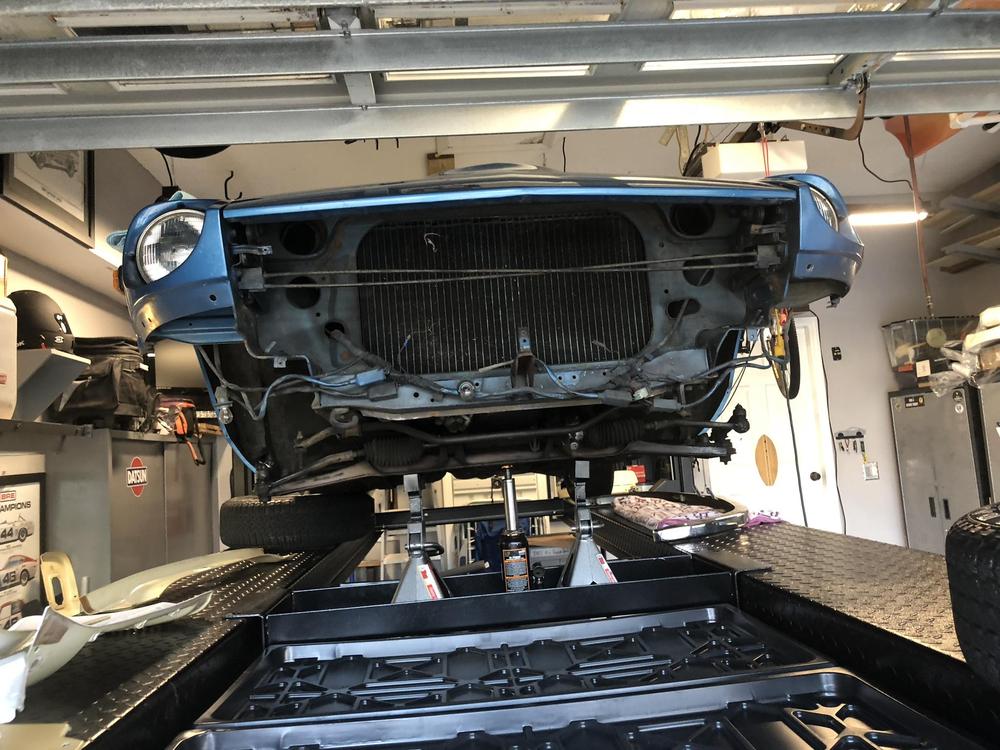I believe this is probably related to rear-end collision protection (and maybe also protection from electrical sparks). It might also have to do with protection from shifting cargo in the hatch area. Or all of the above. Safety considerations were pretty thin when the original S30 design was laid down in the mid/late 60's. They ratcheted up significantly throughout the 70's.
Consider: A tank sitting behind the rear wheels that's filled with fuel vapors, connected to the fuel tank by cloth-covered rubber hoses. Did any other cars of the era use this particular placement for the vapor recovery tank?
For possible clues re manufacturer's motivation, see: Ford Pinto.













.thumb.jpg.8abcab948acaa41c133e7e18d2390d74.jpg)
.thumb.jpg.d5a40cad341f53aa758cf754fa2b1759.jpg)



















